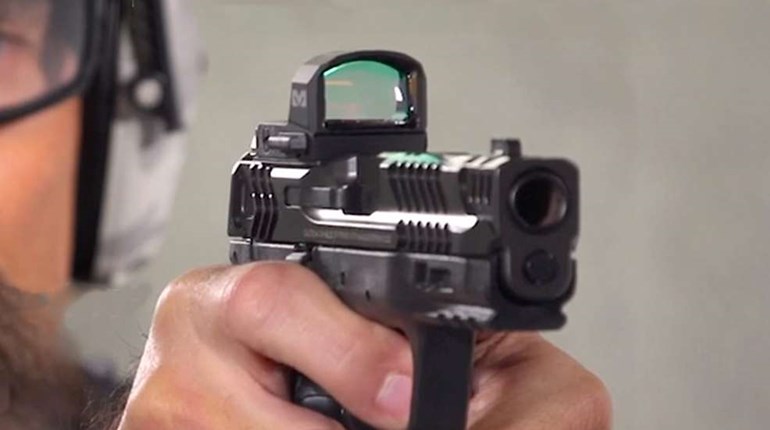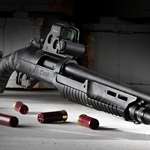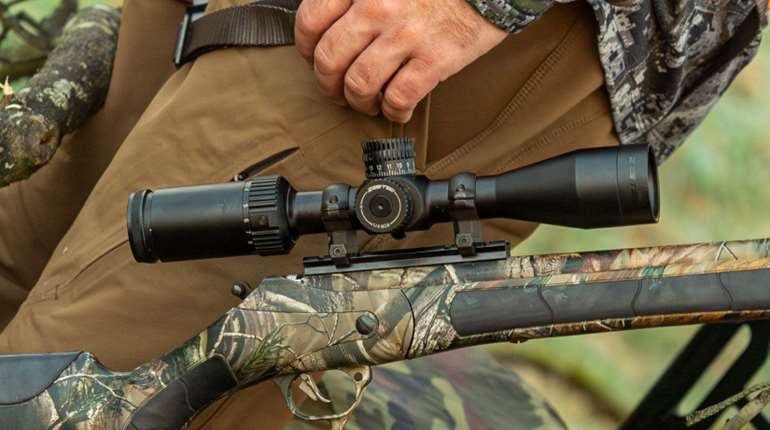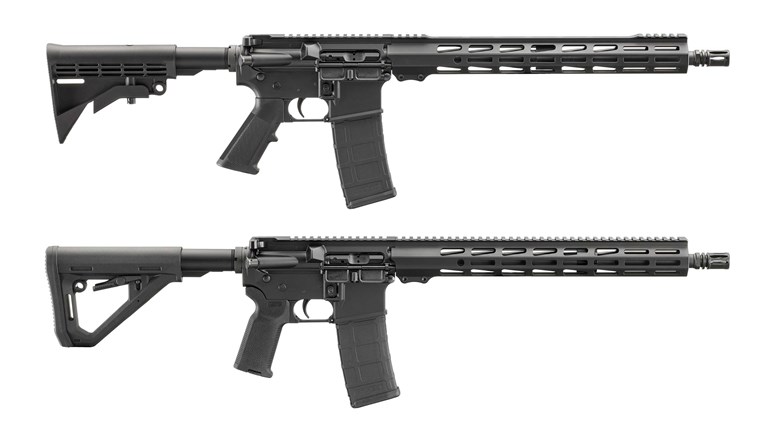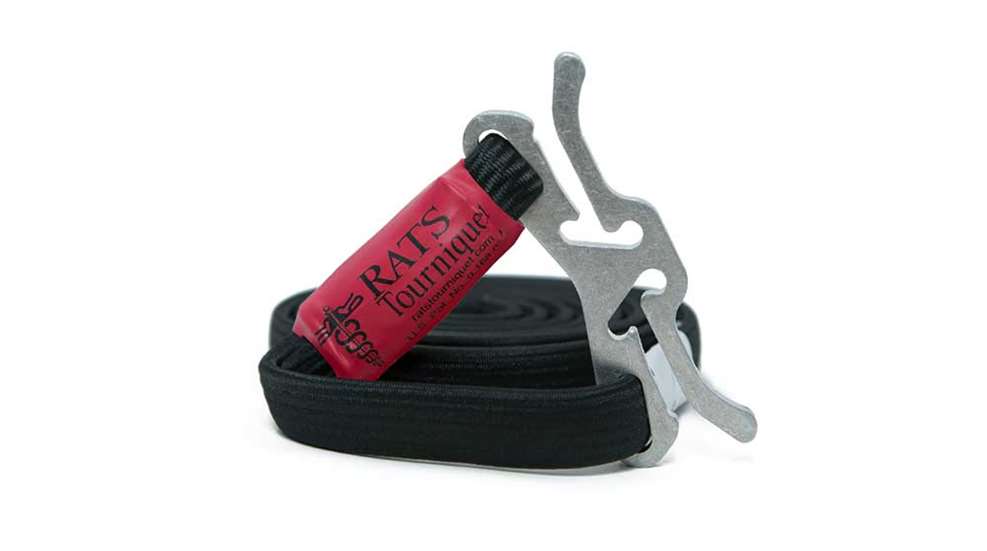
Early in my career as a U.S. Army Ranger, tourniquets were considered huge no-nos in combat-trauma treatment. Rather than use a tourniquet to stop bleeding, we trained with direct pressure and elevation during all of our medical evaluations. Why are tourniquets now so widely accepted in the world of trauma medicine? The aftermath of Sept. 11, 2001, and the ensuing War on Terror taught us a great deal.
Tourniquet Technology: How and Why It Works
In the War on Terror, we have taken some serious strides forward in combat medicine. Bleeding is and will remain the No. 1 killer on any battlefield as we continue fighting at home and abroad. The development of tourniquet use in the military has gone from days of training with sticks and rags to having professional-grade medical tourniquets of all shapes, sizes and designs available from any medical website. Some of these early tourniquet designs were good, and some were bad. We, as civilians, should use the lessons learned in the military for our own benefit. As terrible as it is, war forces innovation in many areas, especially medicine. The bottom line is that tourniquets can save lives, provided that they're paired with proper medical training.
The simplest explanation of how a tourniquet works is compression. If you compress an extremity, you will slow or stop the flow of blood from the artery. Simple, right? As easy as it sounds, when there is blood, noise and panic, even the simple things can get overwhelming. When dealing with a traumatic injury, though, it's all about stopping the flow of red blood cells from leaving the body as fast as you possibly can. Direct pressure is temporary way to slow or stop the flow of blood but not a permanent one, and it requires constant focus and pressure on that one particular wound. That is where a tourniquet comes in. When you place a tourniquet on an extremity, it's possible to move on from one injury to the next with the knowledge that you have stopped life-threatening blood loss.
When to Apply a Tourniquet
When a tourniquet is needed? The best thing to do is seek out professional training to find out exactly what scenarios require a tourniquet. In an emergency situation, though, the simplest and most-expected answer is when there's heavy, bright-red bleeding from a person's extremities. After having applied a number of tourniquets over the years in life-threatening situations, I am a huge believer in tourniquet use. I've applied them in a wide range of situations, from a little girl who injured her arm on a tractor to military teammates who suffered gunshot wounds.
While competent diagnosis and application of medical treatment requires training, which tourniquet owners should seek out, the simplest answer I can give for applying a tourniquet is, when in doubt, use a tourniquet. If I looked down at myself, a family member, friend or even a stranger and saw they were bleeding, I would always err on the side of caution over letting someone bleed out. I would put a tourniquet on. I would rather take the risk of saving a life then watching someone die in front of me without acting, but that's a choice that everyone has to make for themselves.
Popular Tourniquet Options
Thanks to solid designs, innovative people and cutting-edge materials, we have several great options for tourniquets on the market today. I have my personal favorites, but there are certain situations for which each tourniquet on the market is particularly suited.
For me, the most flexible tourniquet on the market is the RATS (Rapid Application Tourniquet) Medical Tourniquet. The RATS tourniquet is the most versatile when it comes to potentially treating a range of wound victims, including children, dogs and varied body types. With a simple design of circumferential wrapping (completely wrapping the extremity) and the elastic nature of the material used in the RATs, users are guaranteed to be able to stop bleeding of any size extremity. I’m a fan of this tourniquet because I have used it to save lives and seen it work in a variety of situations. The simple ease of use makes this my choice for everyday carry.
The most-recognizable tourniquet on the market has to be the CAT (Combat Application Tourniquet). This is the most widely distributed tourniquet on the market and is used by law-enforcement agencies around the world. It has a simple-use design and works great on the average-size person. It is harder to use on children, and I have never been able to successfully use one on dogs. I keep these tourniquets in my vehicle for use.
These are the two tourniquets I have seen and used in combat and training. However, there are many tourniquets on the market, too many to mention here. The bottom line: Seek out medical training to know the proper use and application scenarios for tourniquets before deciding which one is best for you. The American Red Cross offers training courses on tourniquet use across the country. Find a training course near you and be prepared for any medical emergency.
CAUTION: This article does not serve as legal advice regarding when medical intervention may be necessary or is allowed by applicable law and is not intended to replace appropriate training in the safe use, application, or selection of a tourniquet or any other medical device. It is highly recommended that you seek out training from a licensed or certified professional before selecting or attempting to use any medical device.













